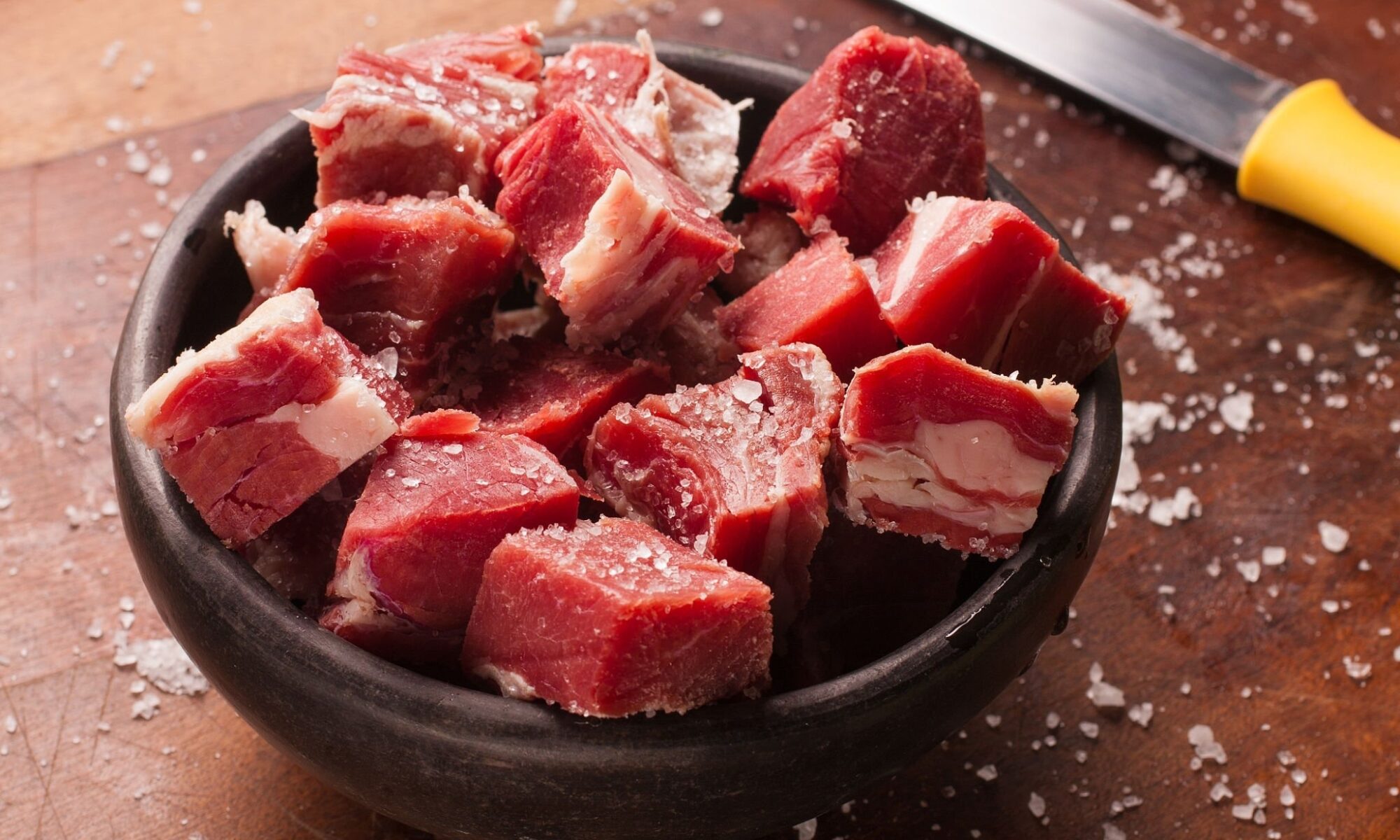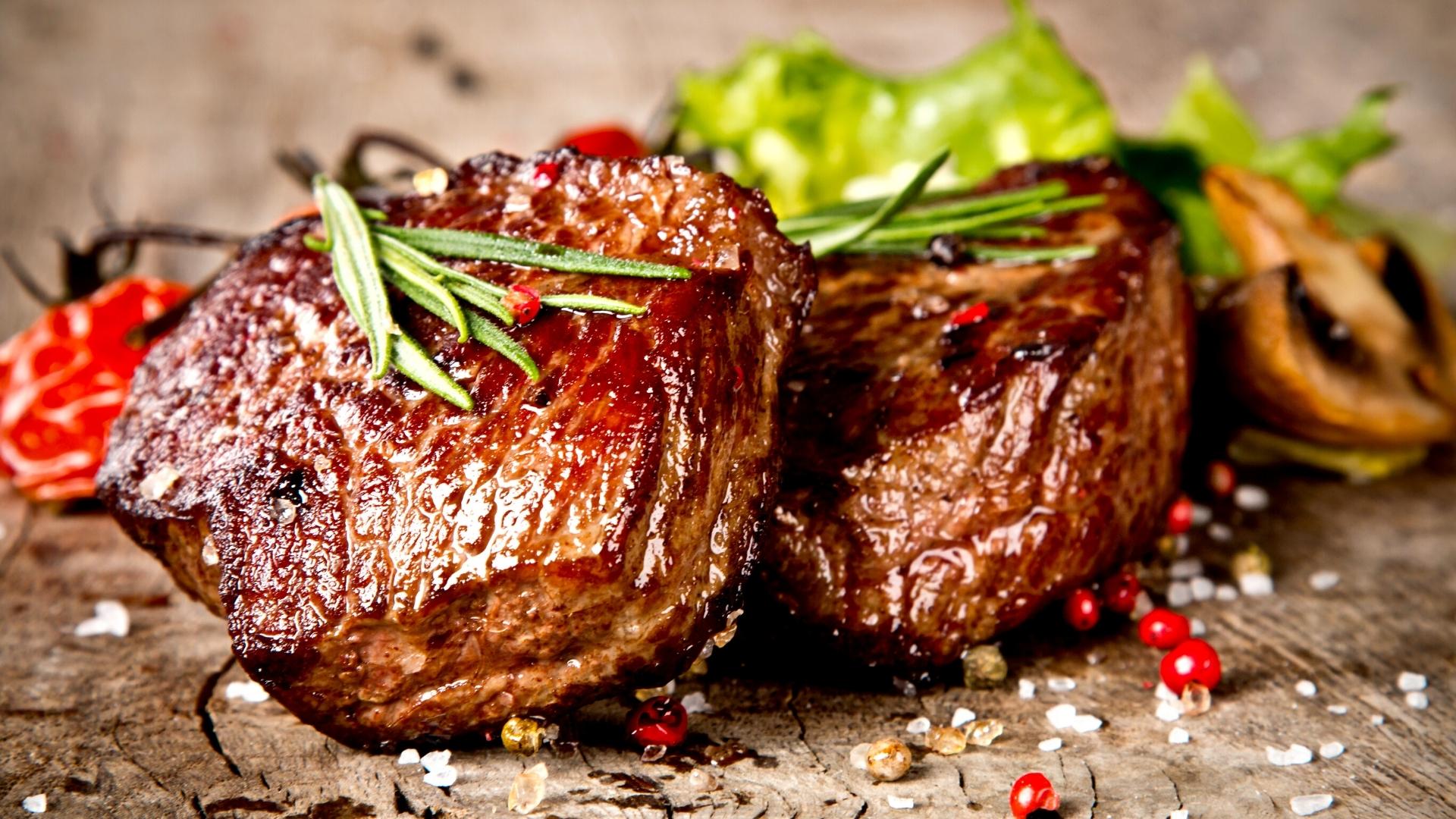It’s high time you tried some Mufasa biltong in Alkimos. Many people think it looks similar to beef jerky, and they’d be right. The two are not interchangeable because of their distinct flavours and textures. It’s important to note that the two snacks are manufactured in quite different ways, with one being far more beneficial to your health. To learn more about this delectable pork snack.
Dried beef, salt, vinegar, and spices are all that goes into making Biltong a high-protein, low-carb snack. It’s a lot like jerky, but it’s made differently and has a different flavour profile. Be aware that some biltong is quite salty and fatty. Furthermore, eating a lot of processed meat may put you at risk of developing cancer. To include Biltong in your healthy eating plan, you should eat it in moderation.
Before digging into the recipes, let us know a little about this dried meat’s origins. “Biltong” is “dried, cured beef” that was “originally developed in Southern African countries,” as Viterale puts it. There is a striking resemblance to jerky.” Biltong is made from beef mixed with simple spices and ingredients, including salt, pepper, ground coriander, and vinegar. Historically, South Africa has been the source of the meaty treat.
To make traditional Mufasa biltong in Alkimos, you’ll need to have on hand the following:
- Meat
- salt
- vinegar
- Black pepper
- coriander
Although cattle, ostrich, and other forms of wild game have traditionally been used, any kind of meat, including chicken, fish, or pork, can be used instead. There are now more types of biltong available, each with its unique blend of ingredients and taste. Worcestershire sauce, brown sugar, garlic powder, onion powder, and hot pepper flakes are all good candidates for additions. Beef accounts for the vast bulk of commercial Biltong, but artisanal variations using ostrich, venison, and other game meats are common.
Created using several techniques
Even while dried meat is a key component of both jerky and Biltong, the two are made in fundamentally distinct ways. Mufasa biltong in Alkimos is not cooked in any way, whereas jerky is typically roasted or smoked for several hours. Instead, it is hung to dry after being treated with salt and vinegar brine. The drying and ageing process may take up to two weeks.
These seven recipes for Biltong will transport you to South Africa
Biltong Pizza
This is a great option even if you’re not a biltong meat eater but want to increase your protein consumption. The next time you make pizza, try subbing beef biltong for the salami or bacon.
Biltong Bruschetta
So, you’re looking for a weekend braai entree that will make everyone drool? We recommend a new take on the traditional bruschetta, using South African Biltong as a topping. Sliced and toasted bread is topped with beef biltong, tomatoes, garlic, basil, balsamic vinegar, olive oil, and anything else that tickles your fancy. Spruce it up with our Peri Peri Biltong or Chilli Biltong.
Cheesy biltong omelette cooked over a campfire
What?! Biltong for breakfast?! So, what if it doesn’t?! Cereal, doughnuts, and muffins are examples of the stereotypical breakfast fare that is full of sugar and will make you sluggish all morning. This straightforward method of drying biltong meat in Alkimos yields delicious and delicate results. Biltong is not like jerky; it is either packed full of additives and preservatives or dried at a high temperature. Because of its low fat and high protein content, Biltong is a great supplement to a well-rounded morning meal. These Campfire Cheesy Biltong Omelets are a delicious way to shake up your morning routine. In addition, your standard avocado smashed over toast would be greatly improved by adding Biltong. Tender slices of Lekker Ekse Wet Biltong highlight a breakfast of smashed avocado on toasted bread with hummus, soft poached eggs, fresh chilli, coriander leaves, and a sprinkle of salt and pepper.
Biltong Bread
A piece of warm, crusty bread, fresh from the oven, sounds about as good as it gets. Bantu Bread! Using only a few simple ingredients, you can whip up a batch of this delicious biltong bread in no time. Additionally, your close friends will be lining up outside your door once they catch wind that you just prepared a batch of biltong bread. Whether packed in a kid’s lunch or served at a backyard barbecue, this dish is sure to be a favourite.
Braai Biltong Cheese Toasties (With HP Sauce)
Since these toasted cheese pockets of delight are full and quick to create, the humble toasted sandwich has become a standard work lunch meal worldwide. Biltong sticks in Alkimos are also quite famous among regular consumers.
Biltong Burger
What could be more satisfying than sinking your teeth into a perfectly prepared, 100% beef burger? Strong in taste, this beef biltong burger is a speciality of South Africa. With just a whiff of this bad boy, you’ll be whisked away to the beautiful shores of South Africa.
Loaded Fries with Cheese and Biltong
Add some pizzazz to your next dinner with a serving of loaded biltong fries. Add your favourite beef biltong, and you won’t find a better flavour than delicious cheese and fries.
Although making Biltong is a simple process, it may take some time and effort to perfect. You will never go back to store-bought Biltong after trying this homemade recipe. Here, a feature in the recipe is included so that you may modify the serving size based on the amount of meat you use. Take a stab at making the greatest Biltong you’ve ever tasted by grabbing the necessary materials.



